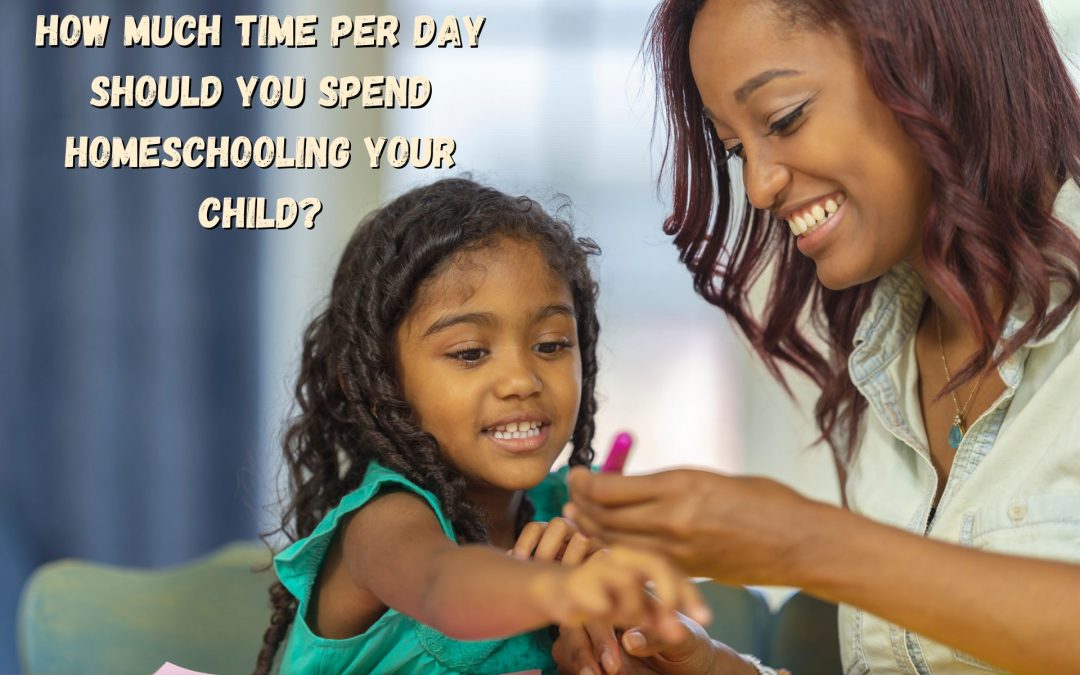First-time homeschoolers may feel reluctant to jump in with both feet because of the perceived time commitment involved. Co-ops and daycare-style homeschool options are popular both because they provide a social environment for children and because they allow parents to share the responsibilities of teaching with other like-minded parents in the community.
However, taking a child all the way through the educational process without the help of outside teachers doesn’t have to be as daunting as it sounds. With some preparation, it is completely feasible for even single, working parents to homeschool their children alone.
Throw out your notion of the full-time school day.
If you’re imagining full eight-hour days of juggling your own career while trying to keep up with your child’s education, of course you’re going to feel overwhelmed. Luckily, reality rarely reflects this worst-case scenario.
Traditional schools last all day long because they cater to hundreds of children at once. Teachers in classrooms must divide their attention between dozens of students at a time, lead large discussions, and allow buffer time for unexpected disruptions. While it may seem like the school day lasts many hours for a reason, each student probably receives only a few minutes of hands-on guidance in every class period.
Homeschool parents, on the other hand, are able to focus 100% of their time and attention on their own children’s needs. This allows for much more targeted and interactive study sessions that can be accomplished in a fraction of the time a traditional school lesson might take.
Think in terms of maximums, not minimums.
If your child is learning at a good pace and hitting all required milestones, rest assured that you’re doing “enough.” This is true no matter if you’ve spent 15 minutes or four hours working with your child on a particular topic.
In fact, less time may amount to more learning in some cases. Children, especially young children, often hit a “maximum,” after which point diminishing returns set in. Pushing past the upper edge of tolerance for sitting still and paying attention often frustrates both parent and child unnecessarily, when perhaps a break or a change of topic may have been more productive.
When in doubt, follow the chart.
One small silver lining resulting from the COVID pandemic is that distance-learning has been studied and tried more extensively than ever before. The Illinois State Board of Education released a handy chart detailing the optimal number of hours a child should spend on school activities, based on his or her age and grade level.
While younger children predictably spend fewer hours per day on schooling than older children, many people were shocked by how little time was necessary even for the most advanced students. Times ranged from 20-60 minutes per day for Pre-K kids to 120-270 minutes per day for high-schoolers. You read that right; even twelfth graders preparing for college experience optimal learning when schoolwork is kept to 4.5 hours or fewer.
This research is a comforting reminder that you, as a loving parent, can indeed homeschool your kids and still have plenty of time left over to work, take your little ones on field trips, and have fun as a family.
Sources
https://www.sheknows.com/parenting/articles/2218929/how-many-hours-homeschooling-per-day/#:~:text=%E2%80%9CWe%20recommend%20that%20true%20home,program%20Bridgeway%20Academy%2C%20told%20SheKnows.

